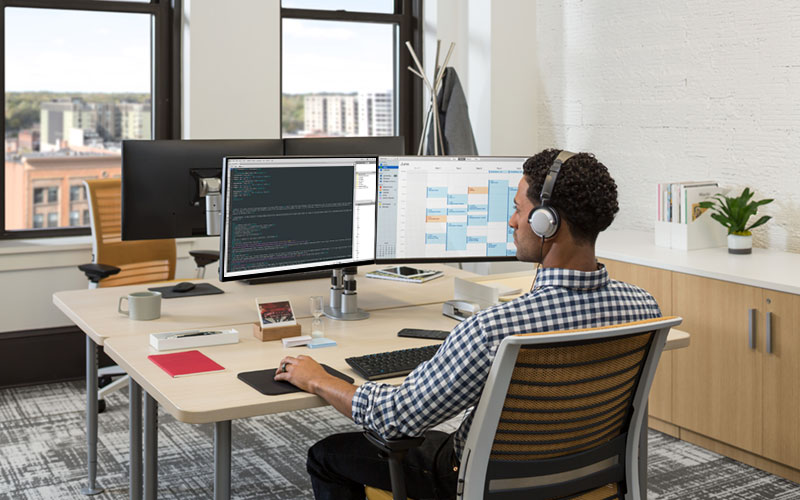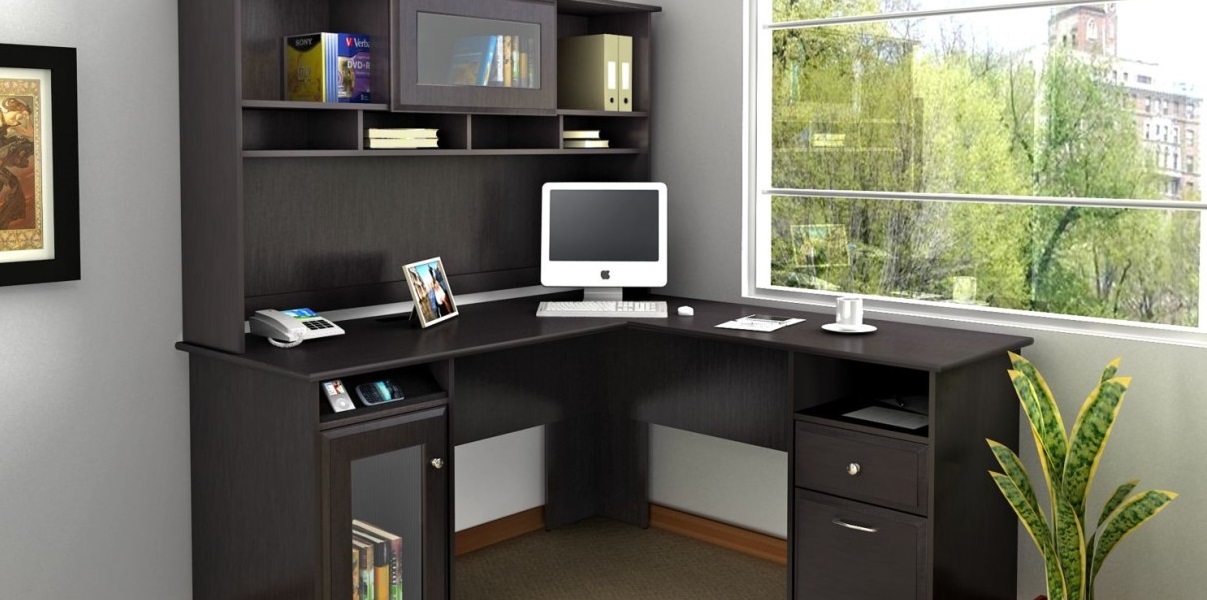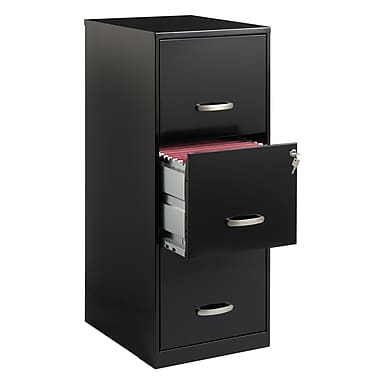Setting up your own space is exciting, but exhausting. You need to create the right environment to maximize productivity, while not stumbling into hidden expenses or getting business stuck with inflexible lease terms. It is best to plan in advance, as rushing through office furniture decisions could lead to choices that will be regretted for years to come.
So, first thing to do is to prepare a list of pieces of furniture you need. Do not go into a furniture store unprepared, because you might end up buying a lot of fancy, eye-catching items, gadgets and art pieces that you don’t actually need. Start with our list of essentials and make it your own, by taking the specific needs of your business into account.

Essential Office Furniture Pieces Every Office Needs
Desk
The desk is the central piece of the office, both at home or at workplace. Even with evolving technology at the workplace, desks are still an essential part of day-to-day office worker’s operations. Office desk is where your computer stays; they are used for writing, keeping files, folders and important papers. There are a variety of desks available across the market in varied styles and finishes. Here are most common types of desks used in business environments:
Executive desks
Executive desks are commonly used in large offices with space to spare. These big desks usually have a double pedestal design equipped with file and box drawers for housing office paperwork and supplies. These desks are typically made up of a large single work surface, but executive L-desks also exist for those who find themselves in need of more space.


Computer desks
There are many different models of desks on the market, ranging from simple surfaces big enough to fit the laptop, to large desks for multi-monitor setup. Computer tables have various features from monitor stands to cut out holes for cords that make electronics easier to set up in the space. For limited office spaces there are compact models as well as wall mounted floating desks.
Desks with hutch
If, besides the computer, your desk holds a lot of accessories, files and workload to organize, you need an extra storage space. A desk with a built-in hutch is an excellent option for a clutter-free workstation. These desks come in a variety of designs from classic secretary desk to minimalist contemporary styles.
L-shaped desks
If you need plenty of working space, traditional straight desks might not be the most efficient solution. L shaped desks, or corner desks, let you stretch out and create different work zones while keeping everything in reach. Due to their shape, these desks can be easily fitted into a corner. They also come in a range of designs from wood L-shaped desks with sleek finishes to glass desks with modern designs. A corner desk is a practical option for home office, as number one requirement for home office desks is usually to take up less space, but give you enough working area.


Standing and height adjustable desks
When they first appeared standing desks have caused a sensation. With so many studies providing evidence of benefits of standing instead of sitting at work, many businesses have jumped on this trend. Standing desks are simply work desks that are raised to enable you to work standing up. However, since too much standing can be as bad for you as too much sitting, experts have come up with a new solution – height adjustable desks. These desks allow workers to easily change postures from sitting to standing throughout the day, which positively impacts physical health.
Reception desk
The reception desk plays a key role in a company’s lobby or showroom, in offices where clients are greeted, as an information point in open spaces or as a counter in doctors’ or law firms’ offices. Front desk is a focal point of the reception space, and it usually faces the door. The nature of your business will dictate many factors when you choose a desk, including the size and style of the desk.
Storage
Filing Cabinets
Even in the age of digitally storing information, many offices still have to deal with large volumes of paperwork and files on a daily basis, from important receipts to appliance manuals and bills. Nothing is more helpful when it comes to storage and organization than the classic filing cabinet.


There are different types of file cabinets: lateral (horizontal) and vertical, wooden and metal, open and closed. Usually businesses need multiple solutions to meet their needs, mixing and matching different cabinets to create the right combination for the files, folders, and other materials stored. Many file cabinets incorporate a keyed lock to prevent unauthorized access to the documents being stored. For additional protection against damage, there are fireproof file cabinets are specially built to be fire resistant.
How to Pick the Best Furniture for Your Office
Furnishing an office space is not an easy task. Wrong decisions will drain your budget and leave you with the furniture you don’t really want or need. Also, picking the right pieces will influence the image of your company in the eyes of clients and visitors, as well as your employees.
Your office may function as a marketing tool if clients or customers visit, so you need to think about what visitors will see when they come by. Will they be greeted by a series of closed doors with no signs of life or get overwhelmed by chaos as they walk in? Ideally visitors should only get glimpses of the activities going on at your company.
Here are few tips on how to make sure items you plan to buy are the right match for your office and your company’s needs:
- Pick the right size for your office layout – measuring tape is your best friend.
- Opt for best value for the money, not the cheapest items. Even if you are cash-strapped, quality does come with a price.
- Practicality over aesthetics – you want beautiful office, but you absolutely need a functional office.
- Style matters – Having an office you look forward to working in does wonders for a productive work flow.
- Ergonomics is a must.
